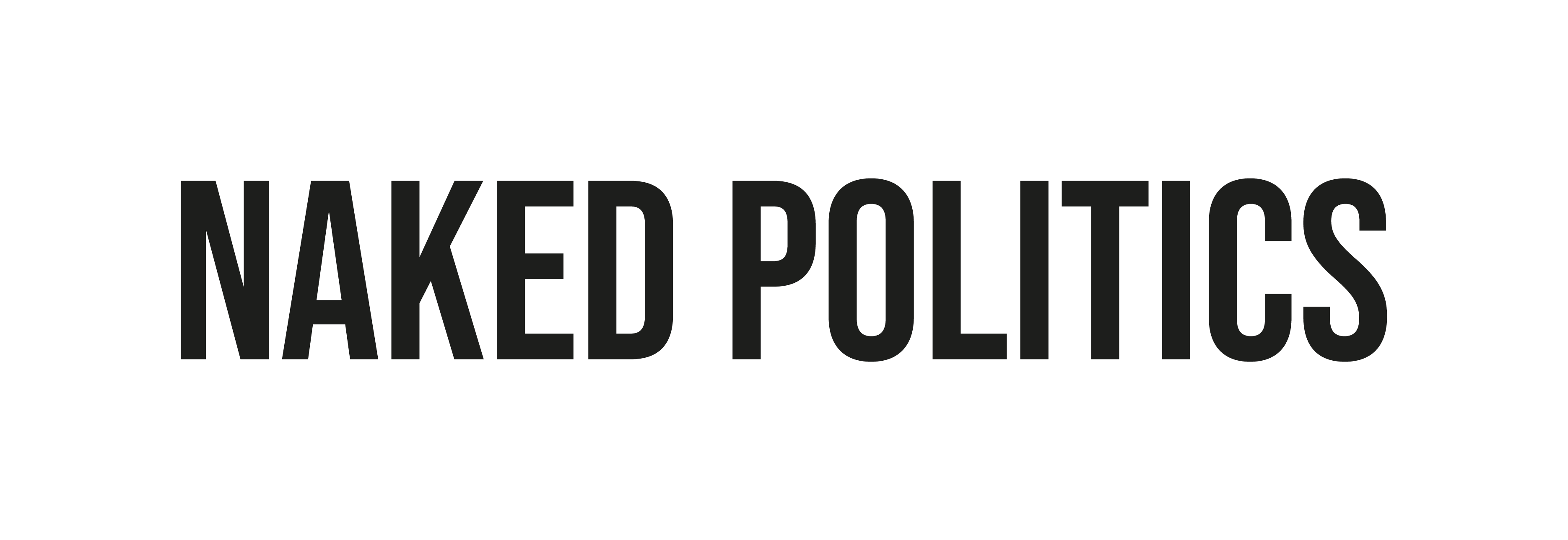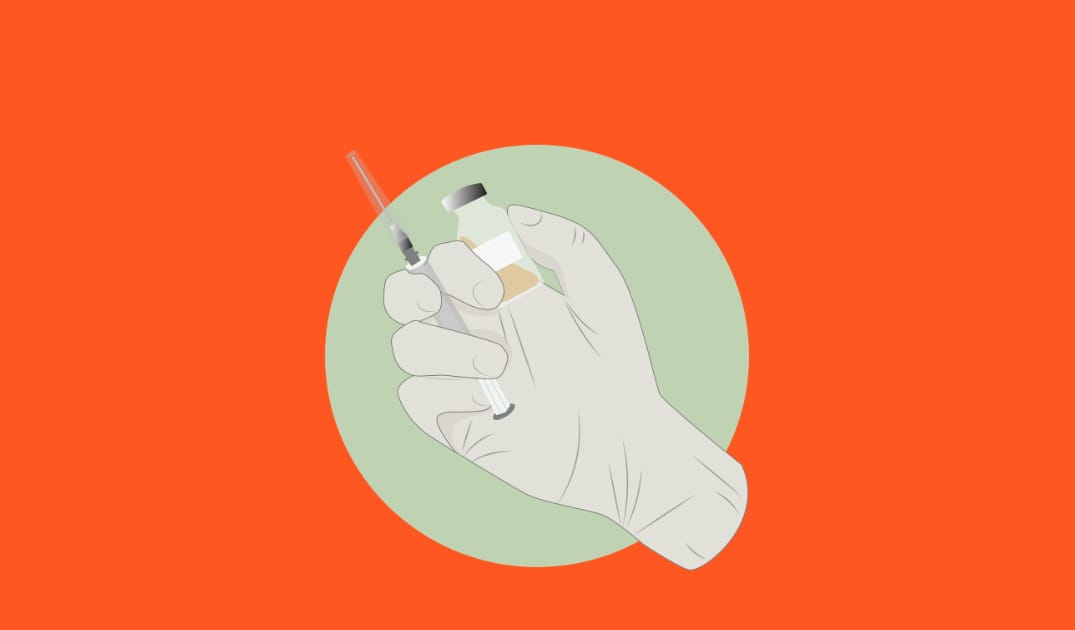Way back when in Lockdown 1.0, morale-boosting speeches from key figures like Boris Johnson and the Queen put British “national spirit” and identity at the forefront of the COVID-19 response. References to the war were a recurring theme throughout, with the Queen promising “we will meet again” and Johnson calling for “same spirit of national endeavour” as shown in World War Two which he says united people from “every age, race and background.”
However, has this virus truly united the country in the same way amidst the crisis? Over a year since the outbreak began, we’ve seen a much more fractured image of national unity.
British is best
Outwards portrayals of “Britishness” have come in the form of the weekly Clap for Carers and the late Captain Tom becoming a national treasure who symbolised traditional British values. The speed and efficiency of the vaccine rollout has also offered up a rare moment of national pride in the government’s COVID-19 response, which ministers have been quick to emphasise. In December, education secretary Gavin Williamson declared that the UK was leading the vaccine race which has developed between nations because “we are a much better country than every single one of them.”
This vaccine competition has promoted a form of nationalism which portrays Britain as a superior nation in what is actually a global struggle. Reports of some British patients refusing the Pfizer vaccine and preferring to wait longer and receive “the English one” marks what former Labour MP Dr Paul Williams dubs “a lesson that nationalism has consequences”. This belief of British being best is evidently so strong that patients are willing to put their own health at risk.
Boris Johnson has criticised “the nationalist and divisive politics that marred the initial response to coronavirus”. However, his own cabinet is hardly innocent of this and such politics has also been present on a national as well as international scale.
The blame game
Amidst outward unity, national divides have deepened right from the start of the pandemic and reports of hate crimes against citizens of Chinese descent almost tripled in the first three months of 2020. The UK-chapter of NGO Dear Asian Youth this week shared a compilation of xenophobic Facebook comments made by British citizens in response to Boris Johnson’s video message commemorating Chinese New Year, proving that anti-Chinese discrimination is still rife a year on.
Those of Chinese ethnicity have not been the only sector of society targeted in this blame game. In December, Tory MP Craig Whittaker told LBC that in his North Yorkshire constituency “it is the BAME communities that are not taking [the pandemic] seriously enough.” When questioned if he was talking specifically about the Muslim community, Whittaker replied “of course”. As well as being a highly irresponsible comment which would inevitably stoke pre-existing racial tensions, this blatant accusation of blame is directly at odds with the official message of a unified national effort to fight the virus. It seems that in both cases of discrimination, the idea of a national spirit is replaced by searching for an enemy within our own society.
It is, however, not just ethnic divides which have been exposed, but also economic ones. The working class were the prime targets of inflammatory images of busy London tubes and crowded parks which circulated the media throughout the first lockdown and demonised those who could not afford the luxury of working from home or enjoying the sun in a private garden.
As well as taking blame for the spread of the virus, such socio-economic groups are also disproportionately impacted by its effects. A government inquiry into the impact of COVID-19 on ethnic minorities found that these groups are almost 3x as likely to contract the virus and 5x more likely to suffer severe effects. Areas of high deprivation have also reported higher death and infection rates than more affluent areas.
Studies conducted by the Institute for Fiscal Studies found that richer households have been able to build up savings faster than before the pandemic due to reduced spending. Meanwhile, the poorest in society have suffered financial hardship with the number of Universal Credit claims almost doubling between March and November last year.
Vaccines for all?
One aspect of the government’s Coronavirus strategy which has put emphasis on equality of all citizens is the vaccine rollout. There has been increased focus on encouraging vaccine uptake amongst BAME communities and an additional 800,000 people will now be prioritised for vaccines following an update to the shielding list which takes social factors such as sex and ethnicity into account. However, Halima Begum, CEO of race equality think tank the Runnymede Trust, emphasised that a focus on vaccine refusal rather than combating institutional mistrust just “implies that these communities are doing something wrong.” Therefore, the root cause of hesitancy must be addressed to show a real commitment to fostering health equality between communities.
The government has also announced a “vaccine amnesty” which entitles an estimated 1.3 million people residing in the UK without legal status to register for vaccination without risking deportation. Health minister Edward Argar emphasised that COVID-19 “is not worried about their immigration status.” However, this policy is undoubtedly best understood as a strategic move designed to aid herd immunity rather than as an altruistic gesture of goodwill.
So where do we go from here? As the vaccine rollout continues, we all hope these next few months will be our last in lockdown. However, the socio-economic divides already present in the UK have been deepened by the pandemic. Beneath an outward portrayal of national unity, a closer look paints an entirely different picture of a country divided along economic and ethnic lines.
Thanks for reading our article! We know young people’s opinions matter and really appreciate everyone who reads us.
Give us a follow on Instagram, Twitter and Facebook to stay up to date with what young people think.

